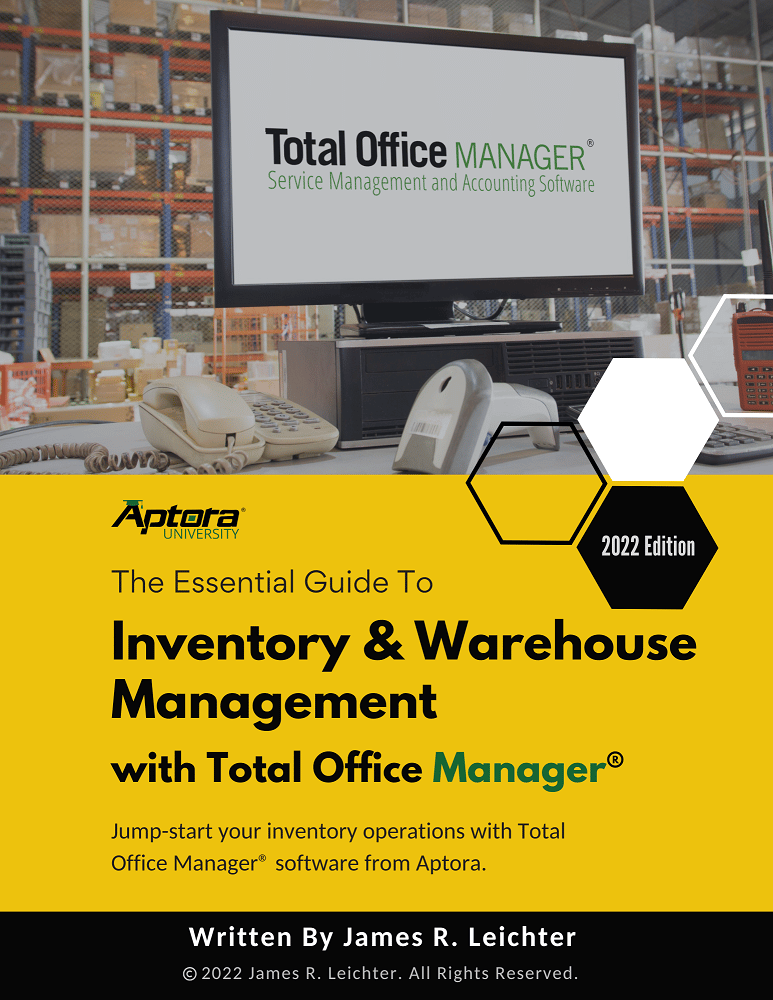
How to Write a Winning HVAC Business Plan (FREE Template)
In my 27 years navigating the trenches of this industry, from turning a wrench to consulting for hundreds of contractors, I’ve seen a clear dividing

Key Takeaways
Organizing your files and folders can feel like taming a wild job site, especially if you’re wearing multiple hats as a contractor or field service business owner.
Fortunately, having a clear naming strategy dramatically cuts down on wasted time, frustration, and confusion, and will ultimately help boost employee productivity. If you’ve ever wondered whether to use underscores or hyphens—or scratched your head at half a dozen files named “Invoice-Final”—this article will get you sorted out quickly.
When your phone is ringing off the hook and you’re juggling new estimates, the last thing you need is a digital free-for-all. Strong naming conventions are the backbone of effective document management and make day-to-day operations run smoothly. They also help when collaborating with your crew or subcontractors who need quick access to the right files.
In many ways, your digital filing strategy mirrors your approach to a construction blueprint. A tidy plan ensures all the right pieces come together at the right time. Plus, referencing something like the Library of Congress digital preservation guidelines, which emphasize consistent naming and storage formats, confirms that a clear system is more than just a neat trick—it’s a sound, long-term practice.
Think of your primary folder structure like the framework of a building. You might have top-level folders such as Estimates, Invoices, Completed Projects, Marketing, or HR Documents. Keep these main categories intuitive so you and your team can instantly locate crucial files.
Under each main folder, create subfolders by client name or job code for quick references. For example, Invoices → 2025 → March → Smith Roofing organizes files chronologically and by client, which is ideal for tax-time or quick lookups.
💡 Tip: If you often revise the same document (like a proposal or project timeline), consider adding a version number at the end (e.g., ProjectProposal_Smith_v2), rather than saving endless “Final” copies. This simple step ensures you know which file is truly the latest—no guesswork.
A concise name like 2025-03-14_JobEstimate_Smith is more useful than Estimate_for_John_Smith_FINAL_v2_ReallyFinal. Stick to essentials: date (YYYY-MM-DD format), document type, and relevant identifiers.
Consistency beats creativity here. Decide on one format and stick with it so no one has to wonder whether “Invoice” vs. “invoice” is the same file type.
Characters like ? / \ : * can cause system errors or misreadings, especially when uploading to cloud platforms. Stick with underscores or hyphens to separate words. The National Archives guidelines recommend using safe characters and standard date formats to preserve data integrity, so you’re not just making life easier today—you’re protecting future access, too.
Document your naming rules and share them with your team. Whether it’s a short PDF outlining folder hierarchy or a simple one-page cheat sheet, having an SOP encourages everyone to follow the same playbook.
💡 Tip: Before finalizing an SOP, run a quick test on a few typical scenarios, like naming a newly created invoice or saving a project photo. Real-world feedback ensures your rules are practical and actually reduce confusion.
When your folder structure is logical, it’s easier to set permissions at each level, restricting sensitive information like payroll or employee records. Organized files also mean swift backups, so in the event of a computer meltdown, you can restore essential data without losing track of which version of the estimate you’re pulling up.
Yes, though many contractors find underscores (_) or hyphens (-) reduce confusion, especially when uploading files or using certain software tools.
Appending version numbers or dates to each filename is key. For instance, ProjectTimeline_v3 or ProjectTimeline_2025-03-15 helps keep your final copy truly final.
Implement a clear subfolder system—by year, month, then client or job code. This structure makes searching easier and keeps your main directories from becoming overcrowded.

Subscribe to our newsletter


By submitting this form, I agree to receive marketing communication via phone call, email, or SMS from Aptora.

By submitting this form, I agree to receive marketing communication via phone call, email, or SMS from Aptora.